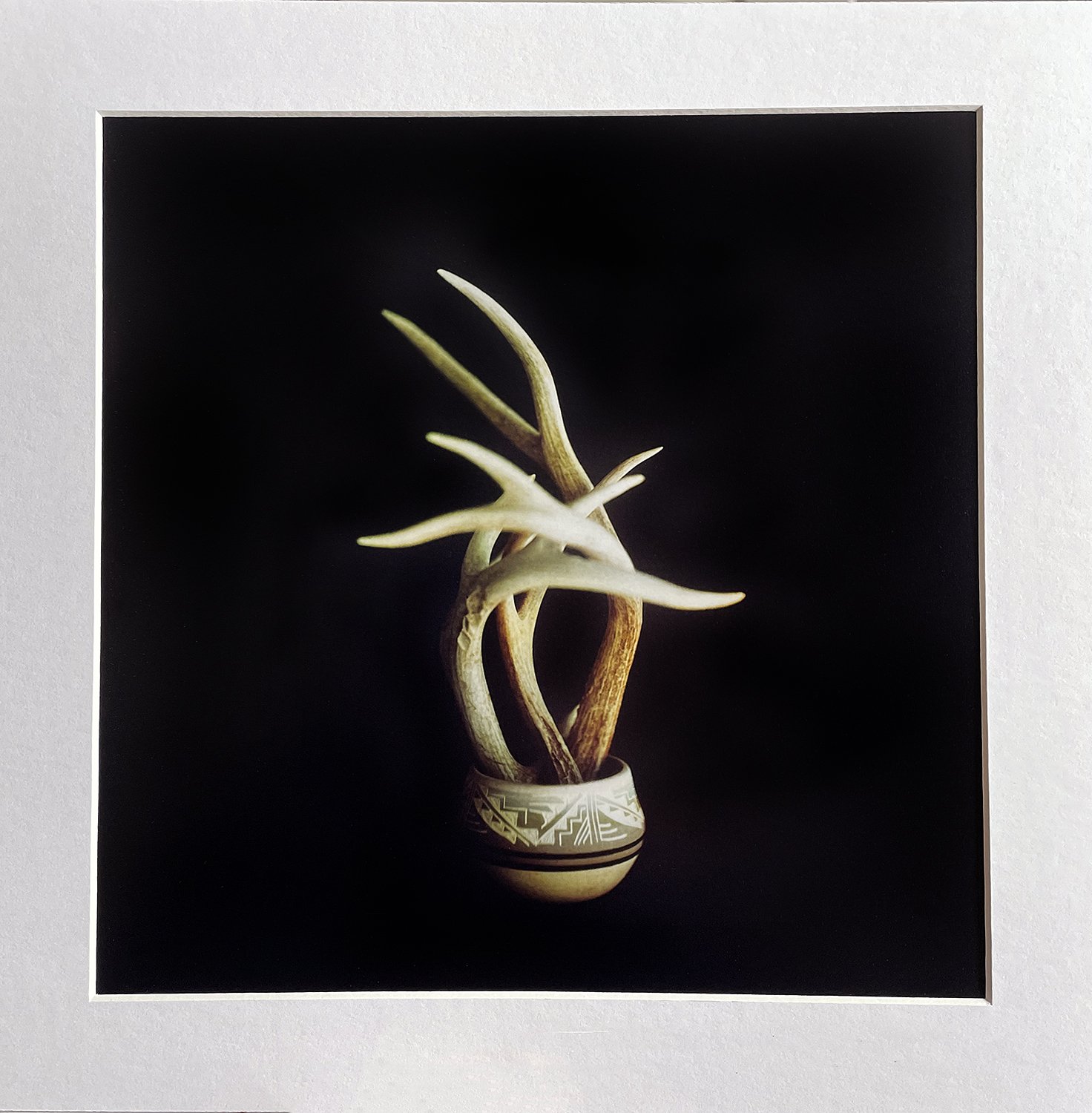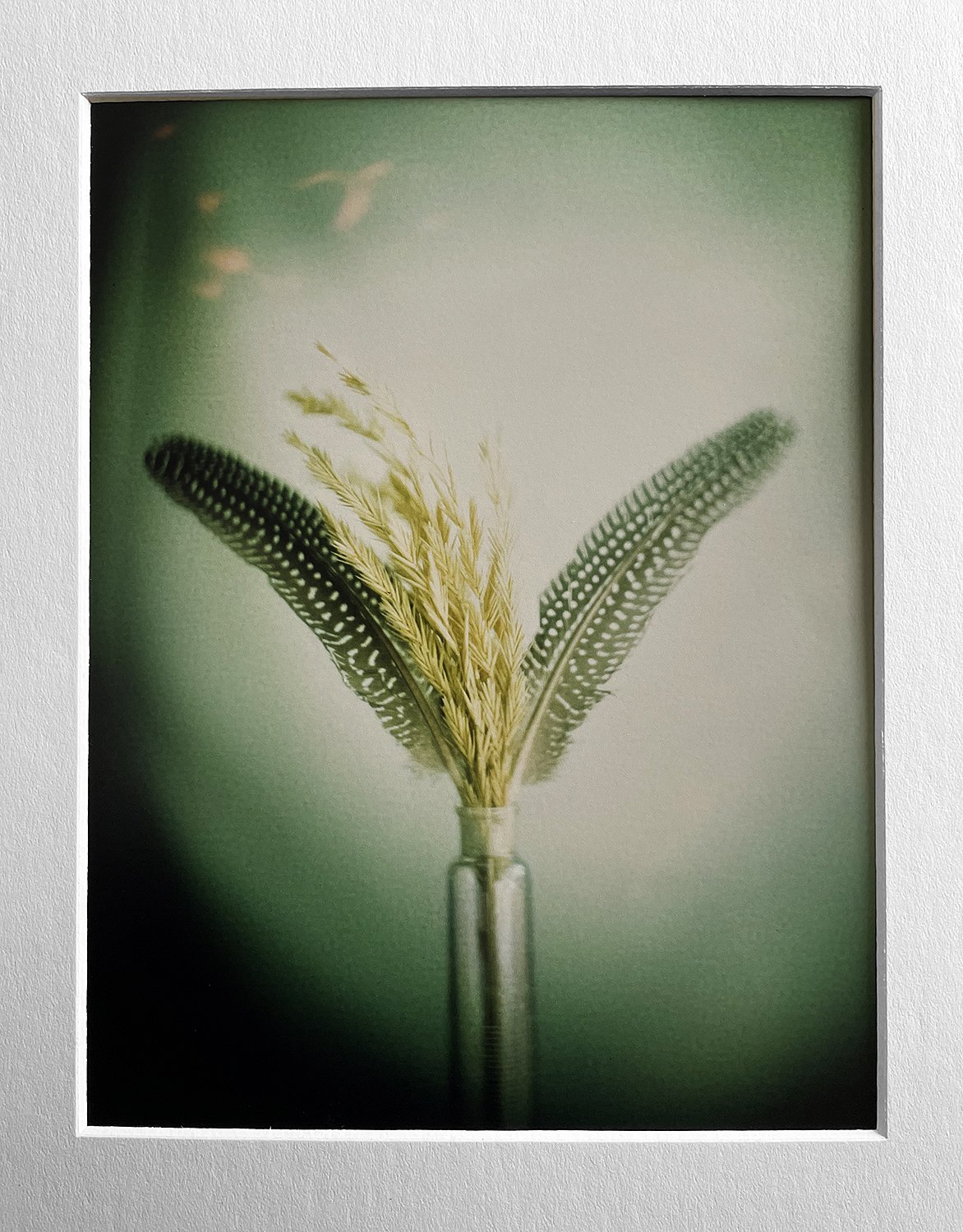“In the Shadow of Sun Mountain: The Psychology of Othering and the Origins of Evil”
I wanted to share an update about my book. I’m excited about it!
I devote daily time to writing, reading, researching, making art, and most of all, thinking.
So far, my book breaks down something like this:
1
Introduction and Artist Statement
This chapter sets the stage for the book, explaining its purpose and relevance. It addresses some key questions. What is the book about, and why should a person read it? I introduce the themes, goals, and personal motivations driving this work. I also include my artist statement. It lays the foundation for the art itself, both technically and conceptually.
2
A Phenomenological Autobiography
Through personal stories, I explore how my life experiences have shaped my creative journey. This chapter demonstrates the deep connection between my artistic drive and the existential questions addressed by Becker's theories and Terror Management Theory (TMT). By connecting my own narrative to these frameworks, I provide insight into how creativity becomes a response to death anxiety or existential anxiety.
3
Ernest Becker
In this chapter, I delve into Becker’s groundbreaking theories, the denial of death and death anxiety. I supplement these with insights from anthropology, psychology, philosophy, theology, and art. I explain Becker's concept of the origins of evil, examining its definition and mechanisms, and scrutinizing the frequent attempts by humanity to eradicate perceived evil through acts of evil, using violence and dehumanization (oh, the irony!).
4
Terror Management Theory (TMT)
This chapter focuses on TMT and its relationship to Becker’s ideas, with a specific case study: the Tabeguache Ute Indians. I analyze how European colonizers used othering (Manifest Destiny) to justify acts of genocide and ethnocide against Native Americans, demonstrating the devastating consequences of existential anxiety, or death anxiety, on human behavior.
5
Artwork
Here, I present the artistic creations inspired by the concepts discussed in the previous chapters. This section ties theory and practice together, showing how my work embodies these existential and psychological themes. This chapter includes over a hundred photographic prints, paintings, and other visual media.
6
Essays
This chapter is a collection of essays I’ve written over the years, covering a range of topics from art and photography to philosophy and psychology. Along the way, you’ll find reviews and reflections on obscure ideas and peculiar subjects. The essays vary in length—some are just a few hundred words, while others span a couple of thousand. Their styles differ as well; some are explanatory, while others read more like personal journal entries.
Working It Out
It’s been a little over three years since I began writing this book and making art for it. In that time I’ve made considerable progress.
I’ve created a significant body of artwork, including the photographic prints for the book and several paintings. It has been an exciting journey, and I want to share it with those who have an interest in these theories and my work.
Drawing from the theories of Ernest Becker, Otto Rank, Terror Management Theory (TMT), and many others, I’ve used my personal experiences as a lens to investigate these existential questions. The work explores the psychology of othering, particularly through the historical lens of the Tabeguache Ute in Colorado, and delves into the roots of human evil—specifically, why people often mistreat those whose beliefs differ from their own.
I’ve been pleasantly surprised by how much I’ve enjoyed the writing process. It’s offered me profound insights into my identity and life experiences in ways I didn’t expect. Unlike photography, which captures a moment instantly, writing feels more akin to painting—it’s a slower, layered process. It generates ideas gradually, piece by piece, over time. This slower rhythm has been deeply rewarding, allowing ideas to mature and take shape in ways that feel both deliberate and organic.
A Tiny Preview of Some of My Stories
Jeanne and I spent the past week watching a Spanish series about a man who inherits the gift of premonitions from his mother. The story was intriguing and kept us engaged—it turned out to be a pretty enjoyable watch overall.
Watching it brought back memories of a trip I took to Mexico 36 years ago (see photo above). A group of friends traveled to Mazatlán, Mexico, to get out of the cold for a week—it was November 1988. One of our friends had a complete mental breakdown—he went into full-blown psychosis—at the end of the trip. It didn’t start until we were on the way home. The event lasted for several days. Like scenes from a horror film, I witnessed all of it firsthand. He ended up in a psychiatric hospital.
What happened? He went out one night with some locals—just two nights before the end of our trip. I tried to stop him but I couldn’t. He told me later that it involved methamphetamine, cocaine, and the Sinaloa Cartel (Cártel de Sinaloa).
What happened was surreal, a lot like the series we just watched. It prompted me to write about the experience in detail. I've come to understand that these kinds of experiences shaped both my creative life and my life in general. It’s like a long movie plot unfolding before me—the narrative arc—the more we observe, the more it reveals about who we are.
What I thought would never be relevant is central or key now to telling my story and the story of these theories I’m preoccupied with. In a lot of ways, it all fits together.
This story is in the second chapter of my book, which has about 15,000+ words so far and focuses on my family and friends. They are, in large part, the people who made me who I am.
From a young age, I was acutely aware of death—through tragic accidents, murder, suicide, drug addiction, war, and mental illness. These harsh realities seemed to loom around me. However, positive influences and uplifting experiences also surrounded me, shaping my early years.
The stories of my life begin around the age of eight and continue to the present day. I share memories of my mother, her deep love for humanity, and the lifelong battle she faced with mental illness. I also reflect on my grandmother’s fierce indignation whenever she heard racial slurs or witnessed people belittling those who were different. I’m so grateful for both of them.
I recount our family Thanksgiving dinners, where my mother would invite young men from the local Job Corps—African American, Native American, and Mexican American—making them welcome at our table every year. Our neighbors often didn’t know what to make of her; she was a profoundly progressive person, far ahead of her time.
One of the early stories recounts my heroin-addicted brother’s return from the Vietnam War. I write about the experience of traveling with my mother to the airport to pick him up. I’ve also written about my own experiences in the military, ten years after that, and the struggles I faced in its aftermath.
My writing delves into my time photographing dead bodies—gunshot wounds to the head, etc.—and the profound psychological impact it left on me.
I explore themes of drug use and overdoses, which have been a recurring presence in my life—friends and family dying from this kind of stuff. Most recently, my 61-year-old brother died in 2023 of methamphetamine toxcity. Alcohol and drug use was everywhere around me most of my life.
I witnessed a friend of mine shoot up Jack Daniels—yes, Jack Daniels, the whiskey. And yes, he put a needle in his arm and shot a syringe full of it into his vein. It was four o'clock in the morning—the party was still going, but there wasn’t any more cocaine available for him to shoot, snort, or smoke. I write about what he said, what he felt, etc. We gave him the nickname “Whiskey Pig” after that.
A few years later, his younger brother died of a drug overdose. During a lunch break from work, he bought some dope. He stopped at a red light in the middle of the city and injected the fentanyl-laced heroin he had just purchased. The dose was lethal—he died instantly, slumped over the steering wheel with the needle still in his arm.
These stories are my way of confronting those experiences and connecting them to the universal human search for meaning and the existential struggles that we all face. I explain how they have driven my creative life and the questions around existence.
My life is full of story after story about the struggles to exist—to cope with meaninglessness and insignificance. I’m sure I’m not the only one that could tell stories like these. However, they are uniquely mine and contrasted against the philosophical and psychological ideas around our existential struggles.
Isn't this the fundamental essence of existentialism? We are inherently searching for meaning in our lives when there is none. We crave significance and some kind of immortality that doesn’t exist. We lie and deny. We use our culture to provide meaning for us—we tranquilize ourselves with drugs, alcohol, shopping, fantasies, social media, fame, ideologies (religion, politics), or whatever can fill the void that faces us—mortality. It’s so clear to me.
Cultural constructs shape humanity, in my opinion. To me, most people are cuturally constructed meat puppets. Most people seem to be unaware of the importance of directly confronting and addressing the fundamental lie of existence—their mortality—and the consequences that ensue when they fail to do so.
That’s the theory of my book.



























